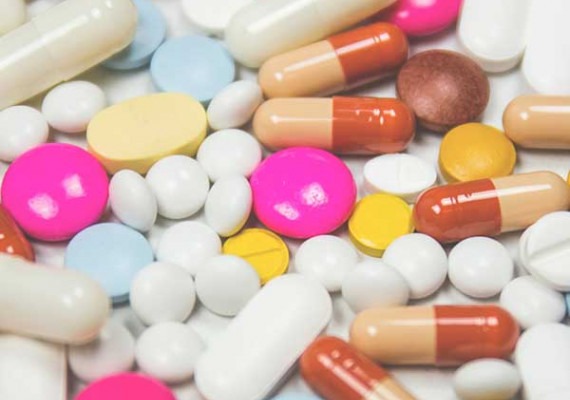Drug discovery, the process of discovering new candidate medications, is an ever-evolving domain. Modern drug discovery methods employ high-throughput screening (HTS), leading to numerous new chemical entities (NCEs) and biological molecules with significant therapeutic potential, leading to nouveau treatment options for patients. This helps in advancing healthcare systems. However, the properties of molecules, including poor solubility, dosing regimen, and challenges related to drug administration, have hampered patient/market uptake. The pharmaceutical industry is becoming increasingly competitive, rushing after patents early in the drug discovery process to secure intellectual property rights. Innovative manufacturing techniques can help new drug discovery systems (DDSs). Here, let us look at the significant advancements in drug discovery.
- 3D printing or 3DP
- Electrospinning (ES)
- Microfluidics
3D Printing
This technology is new to pharmaceutical and medical device manufacturing. It can be used to address some of the present limitations in drug manufacturing. This comes under the technique of additive manufacturing, which adds materials layer by layer to fabricate a physical model based on a computer-aided design model. 3DP permits the fabrication of a high degree of complexity with excellent reproducibility fast and cost-effective fashion. It allows for the direct fabrication of individual dosage forms. It has the potential to enable variations in their size and geometry and control dose and release behaviour. Its low cost and ease expand its possibilities. The prospect of this technology was first realized with the Food and Drug Administration, USA, approving of the first 3D printed drug product. It was the orally-administered tablet Spritam (levetiracetam) by Aprecia Pharmaceuticals.
It can also be used to provide sustained drug release (vaginal rings and implants), administer drugs across biological barriers (microneedles), and formulate poorly water-soluble active pharmaceutical ingredients to achieve amorphous solid drug dispersions a challenge and is not easy to be completed by traditional formulation methods. It also has the potential to print therapeutic proteins, which allows the design of biologically active inks. The challenge, however, lies in the delivery of biomolecules, as they are mainly administered using injections. Summarising though, 3DP provides easier production of complex formulations and new drug delivery device prototypes.
Electrospinning
Electrospinning, the fiber production method using electric force to draw charged threads of polymer solutions, is popular in science, particularly within the creation of DDSs. ES technologies can be used to fabricate nanofibres for various drug delivery and tissue engineering applications, such as films, mesh implants, and wound healing. Electrospinning provides continuous drying technology, allowing rapid and gentle drying at ambient temperature. This allowed for capturing macro and micromolecules in nanofibers as film-based DDSs that were then delivered by the oral route. This particular technique has also been used to integrate several vital drugs such as ampicillin, cefoxitin, tetracycline, and triclosan into FDA-approved polymers. It may also be used to formulate oral films of water-insoluble drugs.
Microfluidics
This particular mechanism allows for a high degree of control over the final nanoparticles’ physical properties to obtain homogenous vesicles in size and lamellarity in one step. Advances in the manufacture of controlled release or targeted drug carriers such as liposomes and polymeric micro or nanoparticles with microfluidics enable more efficient and safer manufacturing of numerous drug products. The various advantages offered include rapid techniques for direct drug screening (plasma drug level monitoring), dilution or mixing of chemical reagents, formulation of microfluidic systems with self-contained reservoirs that provide continuous drug release over an extended period, needing only small sample volumes, providing high throughput screening or allowing control of crystallization and used as a tool for drug delivery and diagnostics.
Conclusion
The recent achievements and technological challenges can create patient-matched systems, reduce manufacturing time, and increase the chances of incorporating various drugs. These methods can be used to address the slowdown of current research and development pipelines for antibiotics and manufacturing systems to deliver pharmaceutical and biopharmaceutical products from batch to continuous manufacturing and potentially overcome some of the issues with modern manufacturing and deliver more effective therapies.

